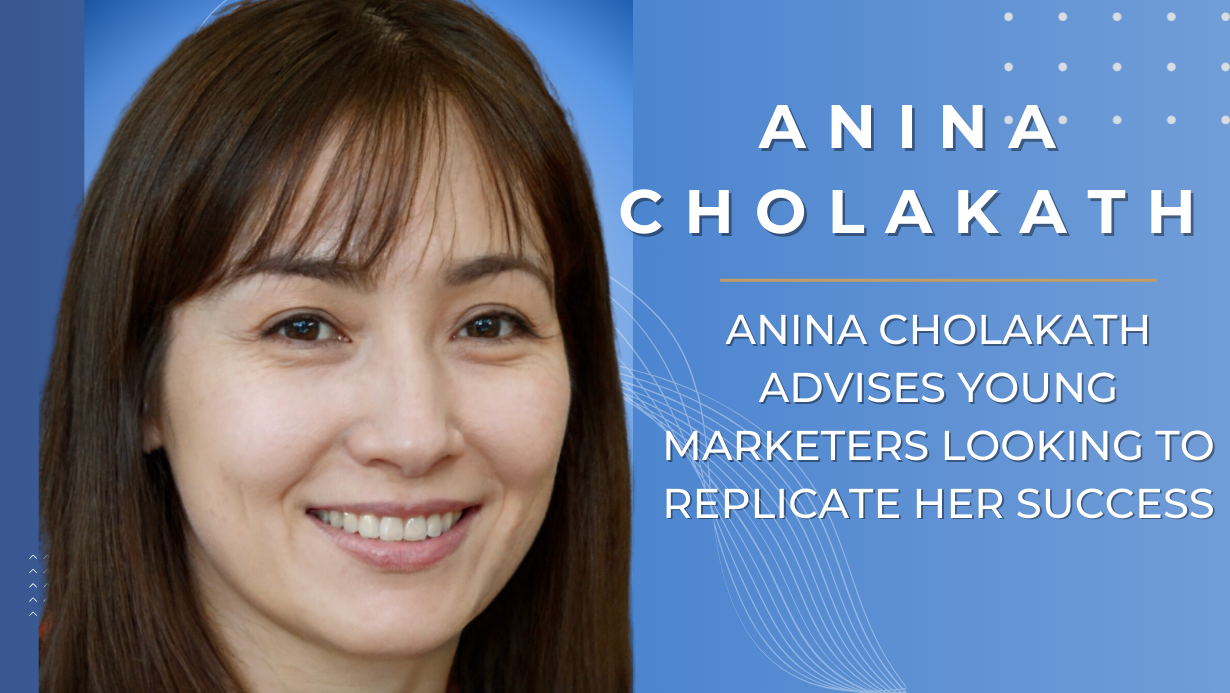As an Associate Professor and Instructional Technology Coach, I help educators create a robust environment of academic integrity. I coach faculty on recognizing when students cheat and recommend creating a campus culture of integrity.
Learning how to build a classroom culture of integrity ensures the ethical development of your students. Read more about the importance of academic integrity in colleges today, especially with the widespread use of digital technologies.
Why You Should Care About Academic Integrity
If you’re part of a college faculty, you should care about academic integrity because it reflects on your student’s future as a member of society.
Here are six reasons why academic integrity is essential for college students:
- Academic dishonesty devalues a college education.
- Plagiarism and cheating using digital media are ongoing problems.
- College is a critical time for students’ ethical development.
- The stress of getting ahead puts significant pressure on students.
- Students think cheating is a way of getting an advantage.
- Your students have to make ethical decisions in the future.
For these reasons, maintaining academic integrity in your classroom ensures your students become future ethical leaders.
How to Build a Curriculum that Emphasizes Academic Integrity
If you want your students to act honestly and respectfully, you have to do the same. By interacting with your students fairly and respectfully, you’re demonstrating what integrity is all about.
When you create your curriculum, build it upon critical reasoning, life skills, communication, and engagement. Most students who learn these skills become honest, reliable, and respectful community members.
At the start of your course, ensure the students understand that honesty is crucial to the curriculum. Explain how to research, cite, and reference credible sources and ideas students use for their assignments. Many students plagiarize content because they need to be made aware of how to give credit for what they use.
One strategy to ensure your students don’t unintentionally plagiarize is to offer to review the draft they’ve written. Meet them and explain what constitutes plagiarizing someone else’s content and how to create a citation.
Also, explain the consequences and penalties for breaching academic integrity.
What Are Examples of Academic Dishonesty?
The two common categories of academic dishonesty are plagiarism and cheating. As an educator, recognizing academic misconduct helps prevent it in the future.
Students cheat in the following ways:
- Exam tampering
- Using cheat sheets
- Copying from other students
- Sharing answers
- Theft of exams
- Selling exams
Students plagiarize in the following ways:
- Failure to cite sources
- Paraphrasing sources
- Self-plagiarism
- Summarizing large portions of text
- No attribution for others’ ideas and thoughts
These are just a few examples of academic misconduct. The college or university has its own set of ethics codes to follow. Make sure your students understand the school’s policies so that they can avoid any infractions.
About Professor Gray
Carissa Gray offers coaching services and consultations for college faculty. Contact Carissa at Instructional Technology Coaching for more information on academic integrity assessments and topics.












